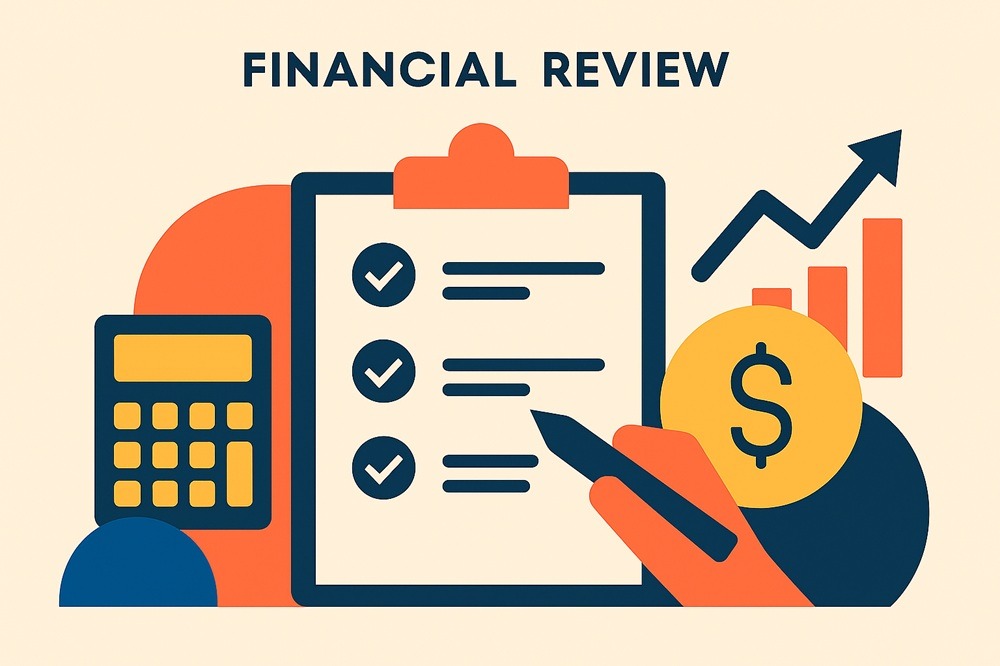Investment Review and Rebalancing

In the final part of our financial year-end series, we highlight the importance of reviewing and rebalancing your investment portfolio. This ensures your investments align with your risk tolerance and financial objectives.
Understanding Your Current Portfolio
Start by evaluating your current investments. Assess the performance of each asset class, such as shares, bonds, property, and cash. Consider:
- How have my investments performed over the past year?
- Are there any significant market changes affecting my portfolio?
- Is my asset allocation still aligned with my risk appetite?
The Art of Rebalancing
Rebalancing adjusts the weightings of different asset classes in your portfolio. If one asset class outperforms others, it may now occupy a larger percentage of your portfolio, increasing risk. To rebalance:
- Sell portions of over-performing assets.
- Buy more under-performing assets to maintain desired asset allocation.
Tax Considerations
Be mindful of potential capital gains tax (CGT) when rebalancing. Realising gains can lead to tax liability, so plan your rebalancing strategy effectively. Consider using capital losses to offset gains or timing the sale of assets during a lower income year.
Seeking Professional Advice
This overview barely scratches the surface of investment review complexities. For thorough analysis and personalised advice, consult a financial advisor. Schedule a consultation with us to discuss your needs and tailor a strategy to your financial goals.
Conclusion
Regularly reviewing and rebalancing your investment portfolio is essential for sound financial management. By assessing your investments and making necessary adjustments, you can confidently enter the new financial year with a well-positioned portfolio.



